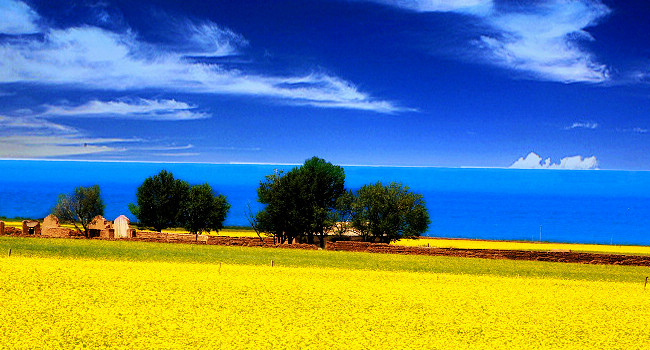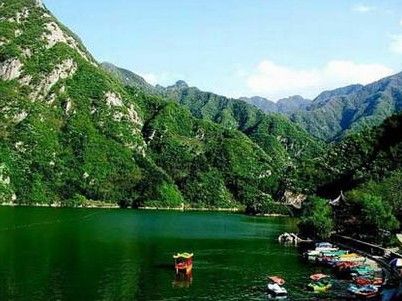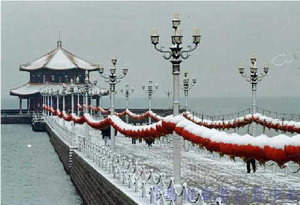1. Lushan Mountain

Lushan Mountain, towering over the southern bank of the Yangtze River, is situated to the south of Jiujiang City. It covers an area of 300 square kilometers, with Dahanyang Peak, the highest summit, rising 1,474 meters above sea level. With magnificent peaks, strange stone formations, unique waterfalls, flourishing trees and flowers, and many historical sites, the mountain is labeled as one of the most famous mountains around the country and was included in the UNESCO world heritage list in 1996. When spring arrives, the trees turn green and flowers begin to blossom. The mountain is the best place to feel the spring and enjoy the picturesque scenery.
Admission: 135 yuan (low season); 180 yuan (high season)
Best time to visit: Summer
2. Jinggang Mountain

Located in the Luoxiao Mountains, Jinggang Mountain is the "cradle of the Chinese revolution", and has become a hot attraction for natural travel as well as patriotic education. Covering an area of 213.5 square kilometers, Jinggang Mountain accounts for 32.4 percent of Jinggangshan City. It has dozens of residences and sites of the revolution, of which 10 are under the protection of the State Council. It also boasts more than 60 attractions, including hot springs, caves, waterfalls, mountains and precious animals and plants. When azaleas blossom in April and May, the mountain becomes a sea of flowers. If you want to have a student tour to China, Jianggang Mountain is your best choice to learn something about Chinese revolution.
Admission: 160 yuan (Nov 16 - Feb 15); 190 yuan (Feb 16 - Nov 15)
Best time to visit: April - October (especially April and May)
3. Sanqing Mountain

Dubbed as the "first fairy mountain of Jiangxi", Sanqing Mountain is situated at the border of Shangrao City and Dexing City in Jiangxi Province. It is a sacred place for Taoists and also famous for its granite forests, gorges and unique ecological scenes. With an area of 229 square kilometers, the mountain is made up of three main summits: Yujing, Yuhua and Yuxu, of which Yujing is the highest peak, standing at 1,816 meters above sea level. Sanqing Mountain contains about 1000 species of flora and 800 types of fauna, and features beautiful clouds and mist, unique rocks, and strangely-shaped pine trees. Every spring, 2,500 kinds of plants and colorful flowers cover the entire mountain, making the place an oasis to escape from the noisy city and relax your body and mind.
Admission: 130 yuan (Jan 1 - Jan 31); 150 yuan (Feb 1 - Dec 31)
Best time to visit: February to December
If you want tailor-made China tours, the above-mentioned attractions should be contained in your packages.












































